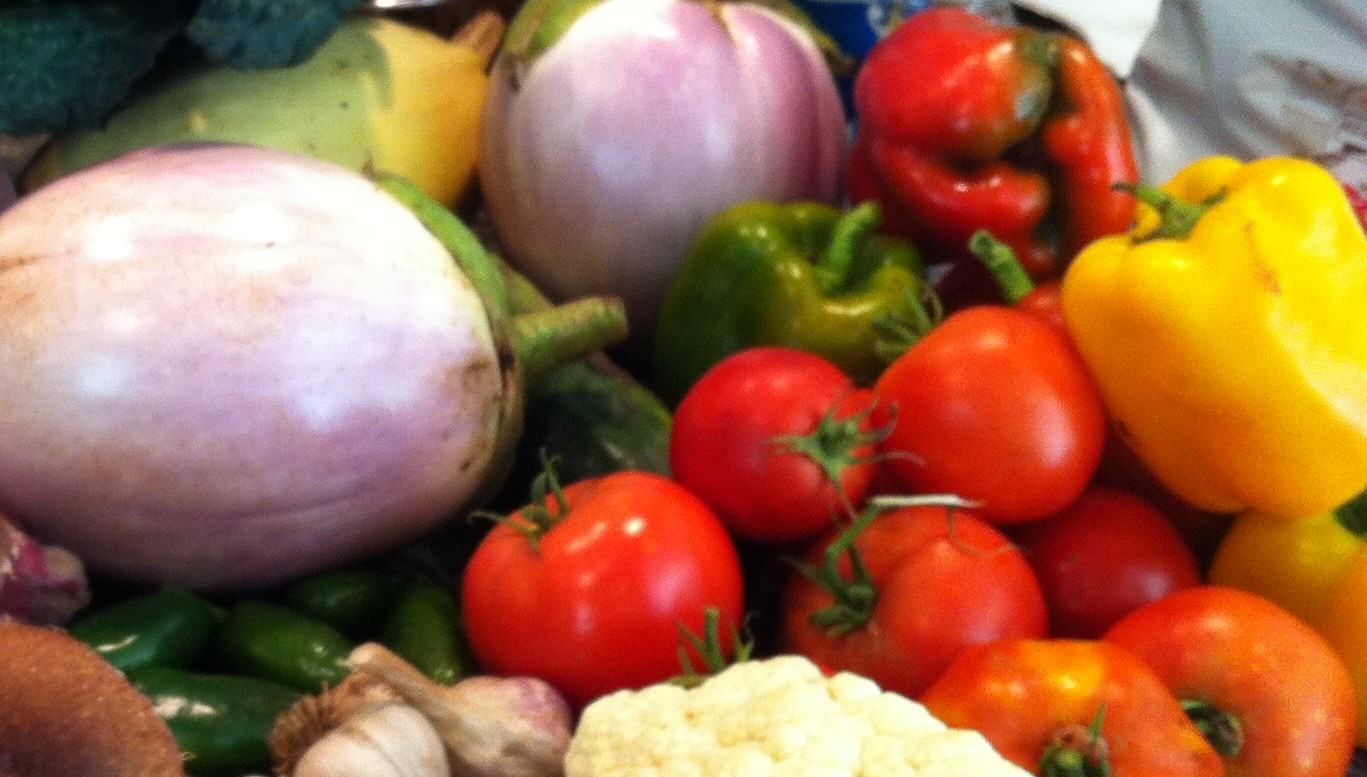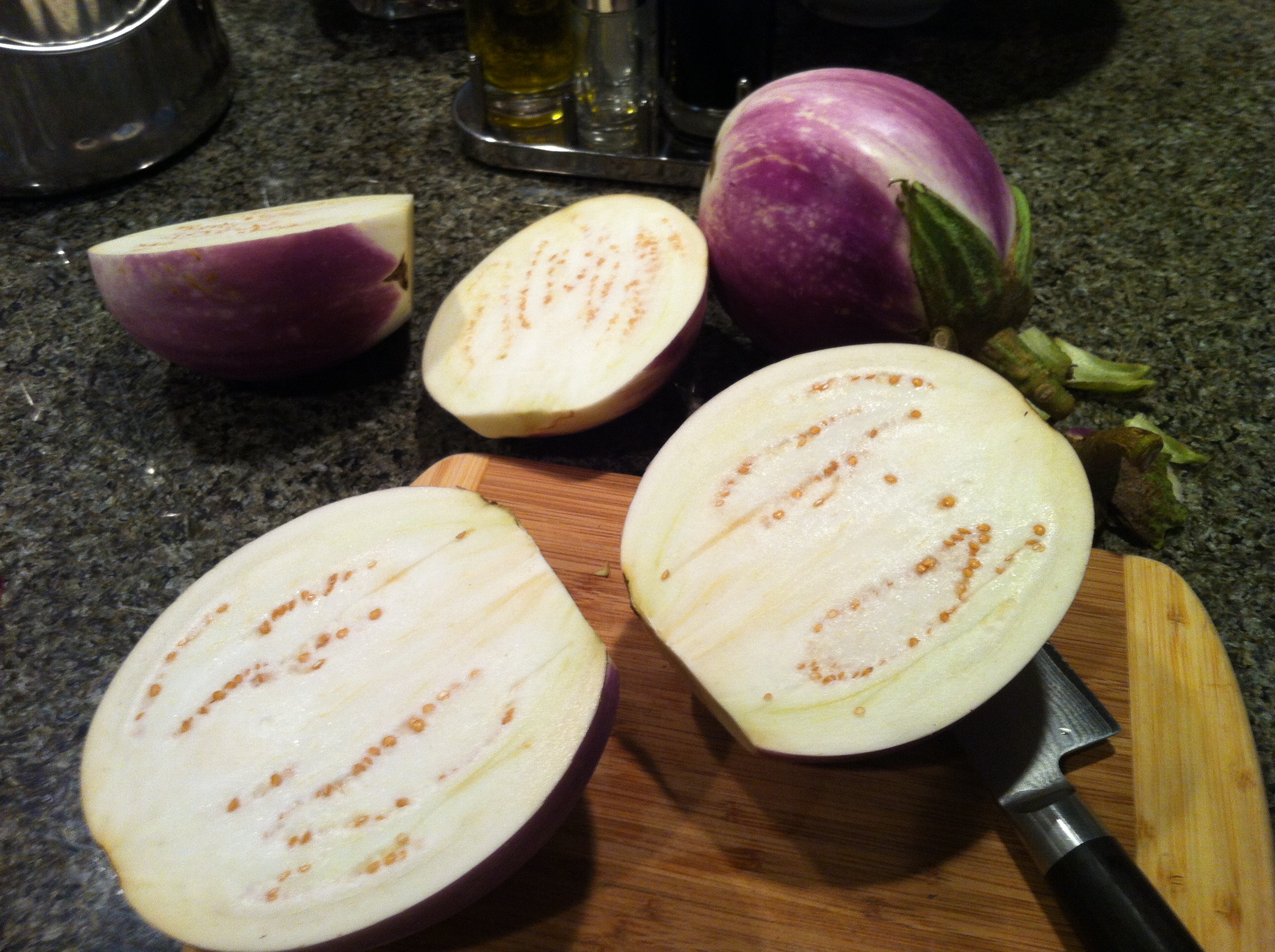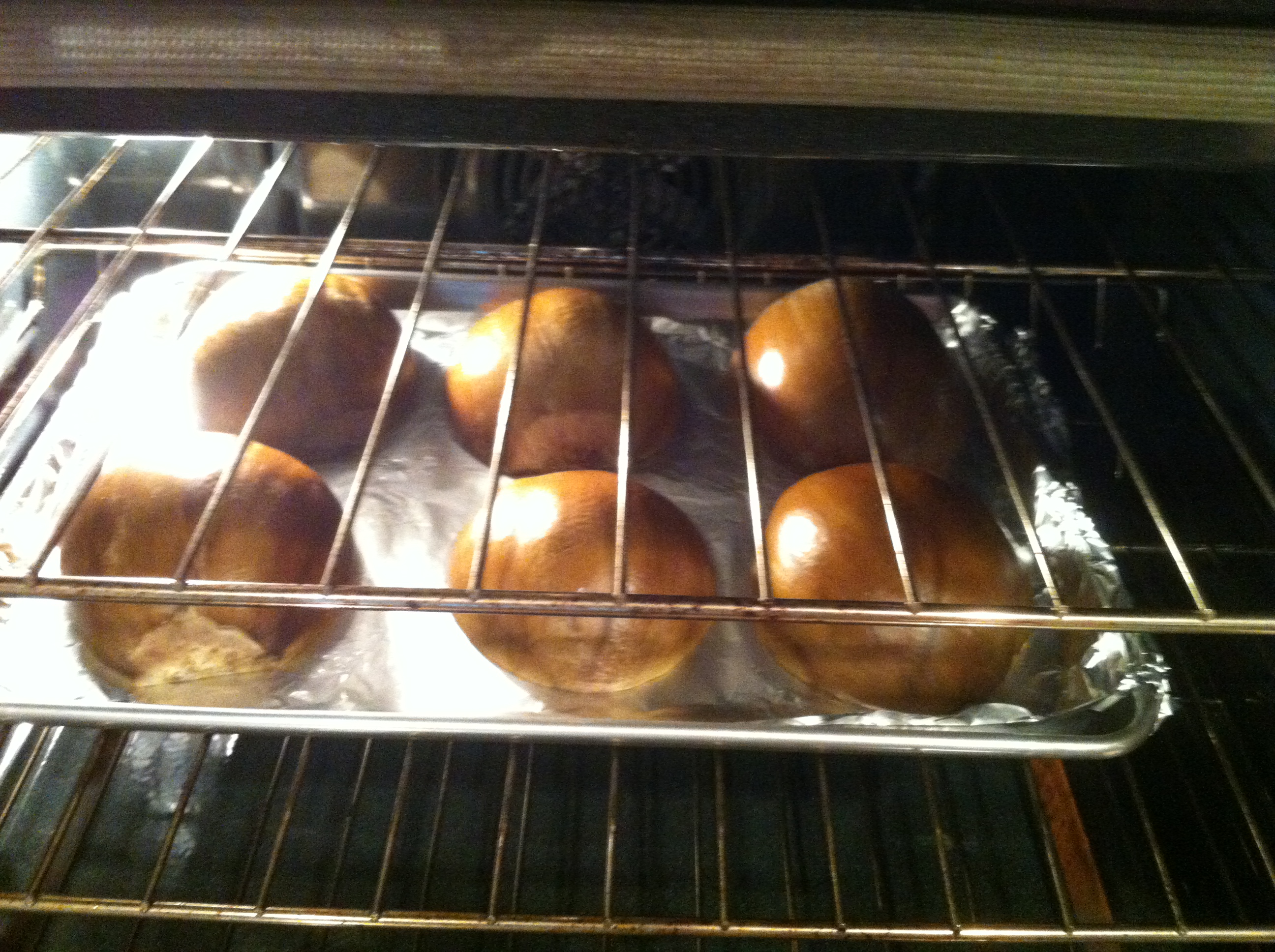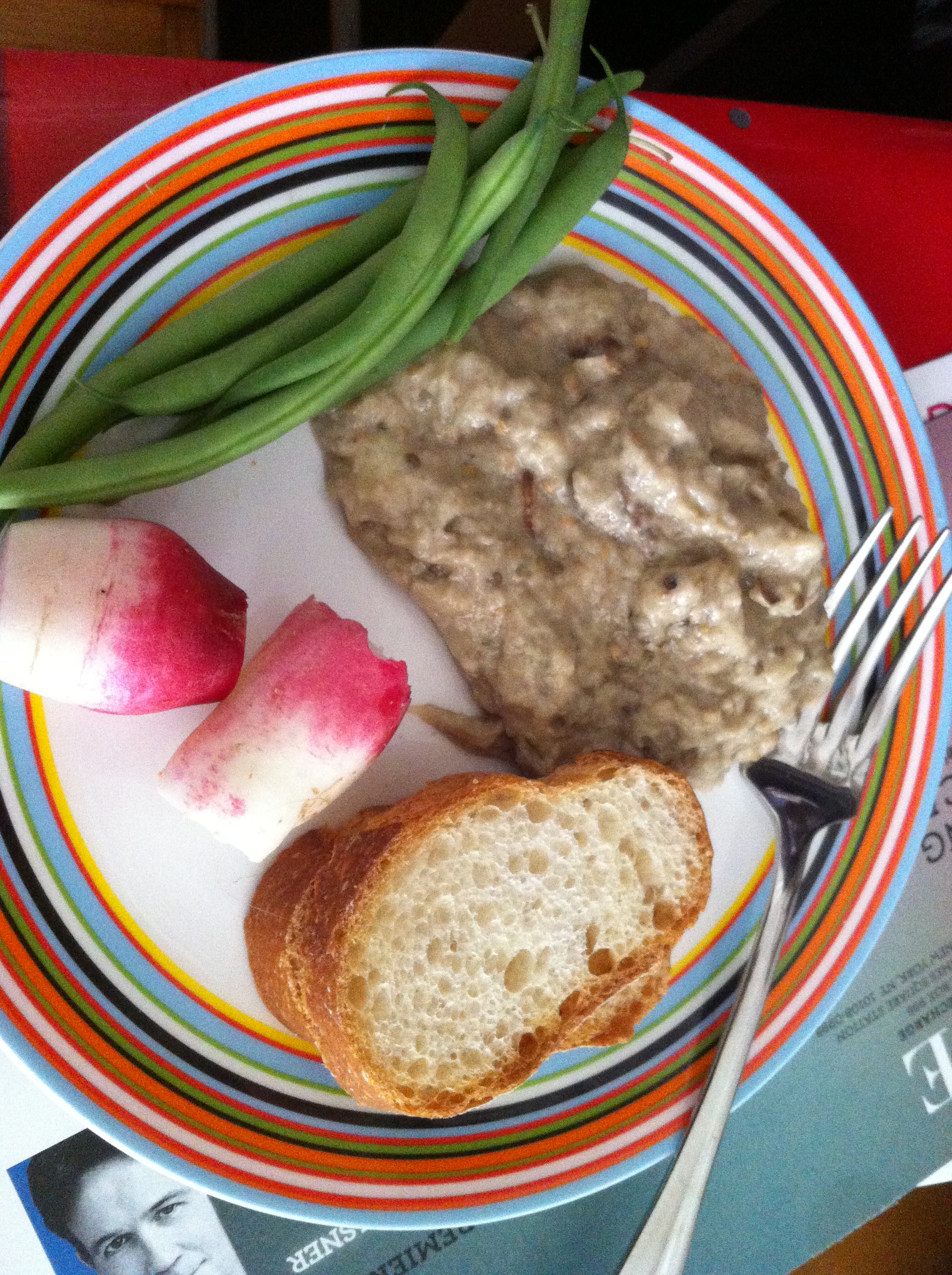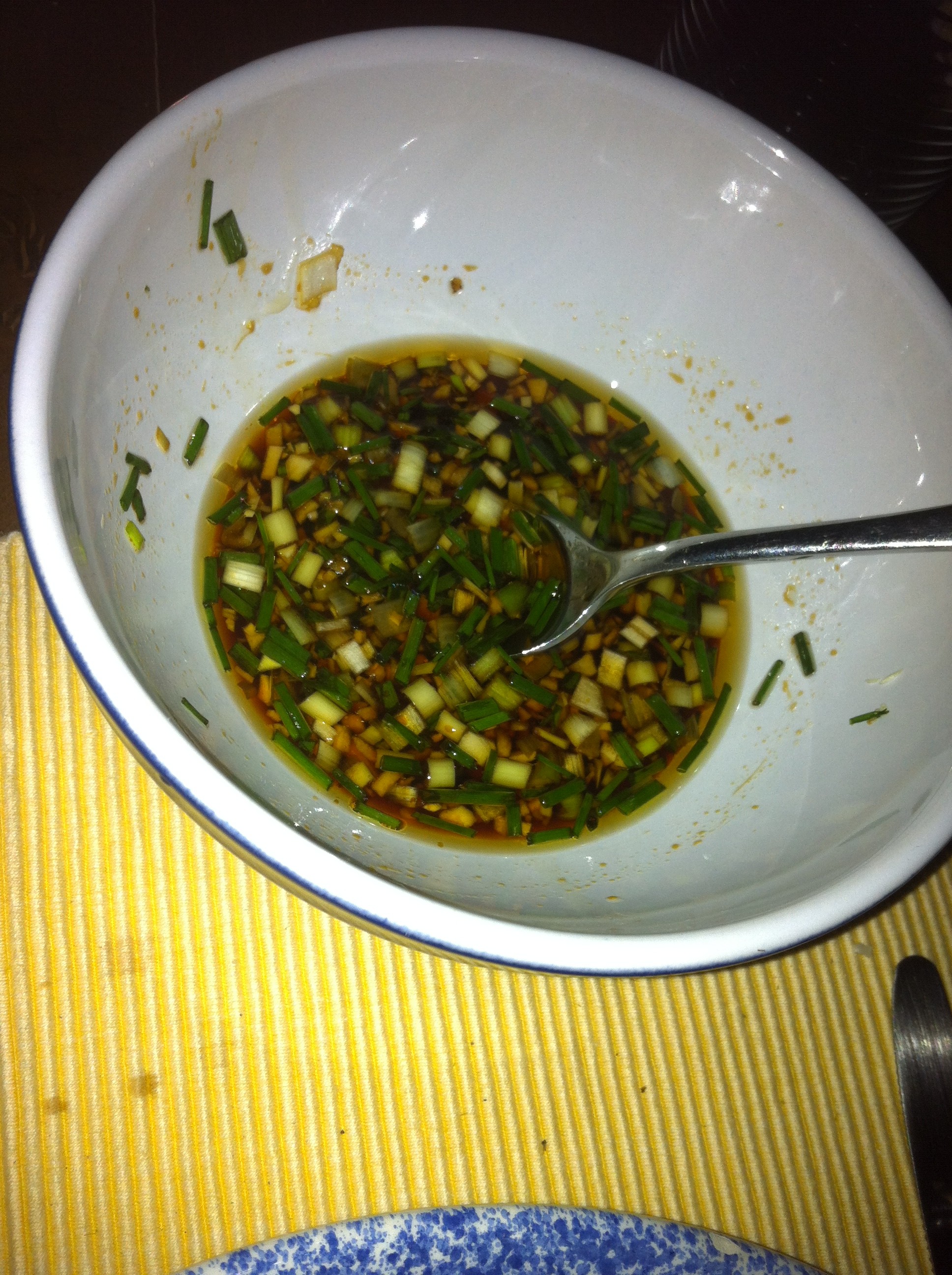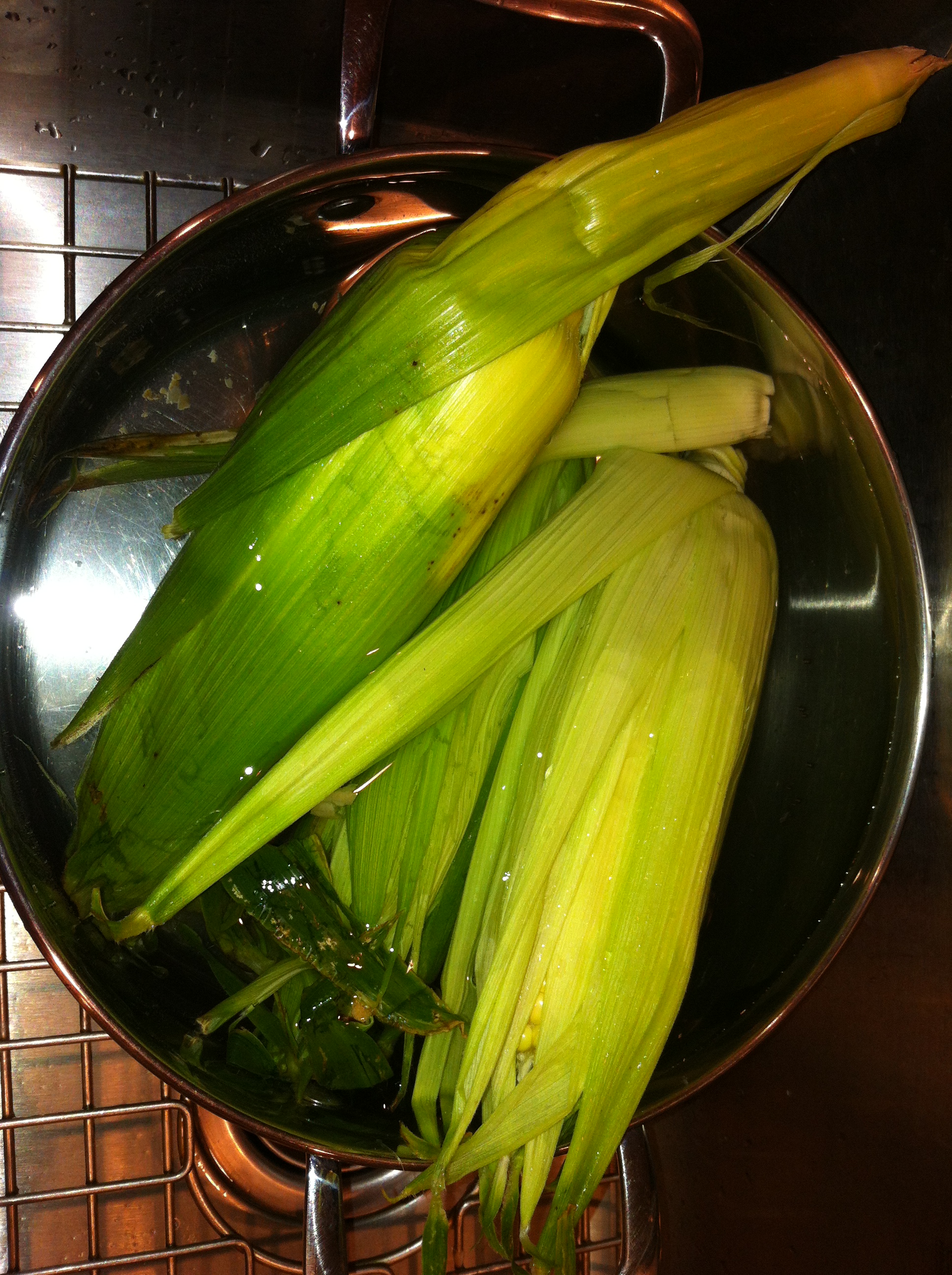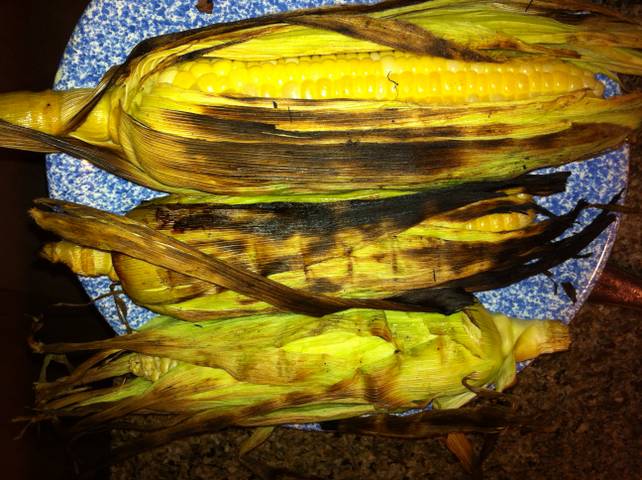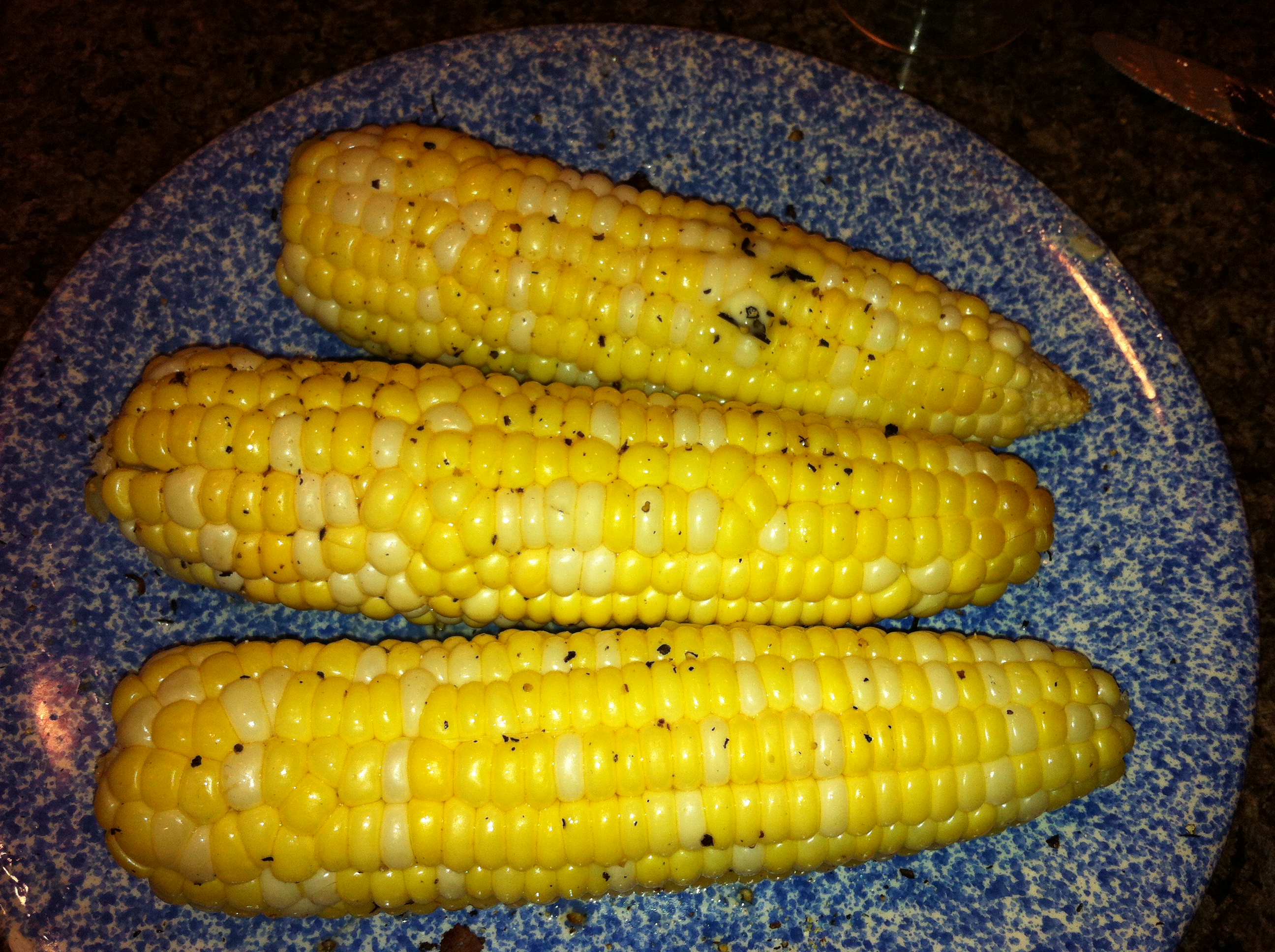Hello Friends,
It has been far too long since my last post and I have missed you. I have been keeping some real keeper recipes from you these past few months, and I apologize for that. Let me start with the Truly Tasty Kale Salad. We all know that kale is a superfood, nutrient-dense and packed with antioxidants.

Kale Salad Infographic
We are supposed to devour it by the pound to stay young, fit and healthy. But the honest truth is that it is hard to love. You can’t just cut it up and eat it like a carrot or bell pepper, or treat it like a handful of baby greens dressed in a delicious olive oil, balsamic vinaigrette. It requires some effort to make it palatable, and the mere hype factor has caused some to disavow it. I’ve turned it into a snack before, making crispy spicy chips, and used it as a sidebar ingredient in a veggie quinoa salad.
So I truly felt compelled to share this recipe because it features kale front and center. The Truly Tasty Kale Salad has only a handful of ingredients, takes about 15 minutes to prepare and deserves a spot on your dinner table, either as the main attraction, or as a hearty first course. Here’s why: even Hubs likes it. He said so.
3 kale salad tips for you I’ve picked up after perfecting this recipe:
- Chop up the kale very finely. Abuse it. It can take it.
- Use more dressing than you would for a normal salad. The recipe below is for 2 servings. You won’t be sorry.
- Dress the salad and let sit with dressing 10-30 minutes before serving (usually a big no-no as it wilts ALL OTHER PUNY GREENS)
TRULY TASTY KALE SALAD
- 6 ounces kale, or roughly half a bunch
- 1/4 cup walnuts (or toasted almonds, hazlenuts if you have on hand)
- 1/4 cup shredded parmiggiano or pecorino romano
- 4 tablespoons olive oil
- 1 1/2 tablespoons white wine vinegar
- 1 tablespoon smooth Dijon mustard
- 1 1/2 teaspoons honey
- Kosher salt and freshly ground black pepper to taste
- Croutons (optional)
Instructions
- Roughly chop walnuts (or almonds or hazelnuts) and lightly toast in a pan for 2-4 minutes until slightly colored and set aside. Don’t leave them unattended – they can burn easily. I speak from experience.
- Remove spines from kale by either pulling off leaves from center spine or using a paring knife. I find it easier to rip off the leaves, and then wash and dry leaves. If you have a different method, that’s fine. Once you have clean, dry kale leaves, get out your chef’s knife and start finely chopping the kale. Start by rolling the leaves and slicing it up in a ribbons. Then turn your ribbons 90 degrees and chop some more. You want the kale thoroughly chopped into small squares. Place in salad bowl.
- Make the dressing. Combine the olive oil, vinegar, mustard, honey and salt and pepper. Use a whisk to emulsify the dressing. Taste for salt and pepper and adjust as needed. Now you are ready to assemble. Combine the dressing, shredded cheese, nuts and croutons (if using). Toss well. Set aside for at least 10 minutes, more if you have the time. Toss again before serving and enjoy.
- Happy eating!
This recipe was inspired by Smitten Kitchen’s Deb Perelman kale salad recipe. She is not one to kowtow to health foods fad, and her writing has yet to fail me. Her new cookbook is the bomb.

